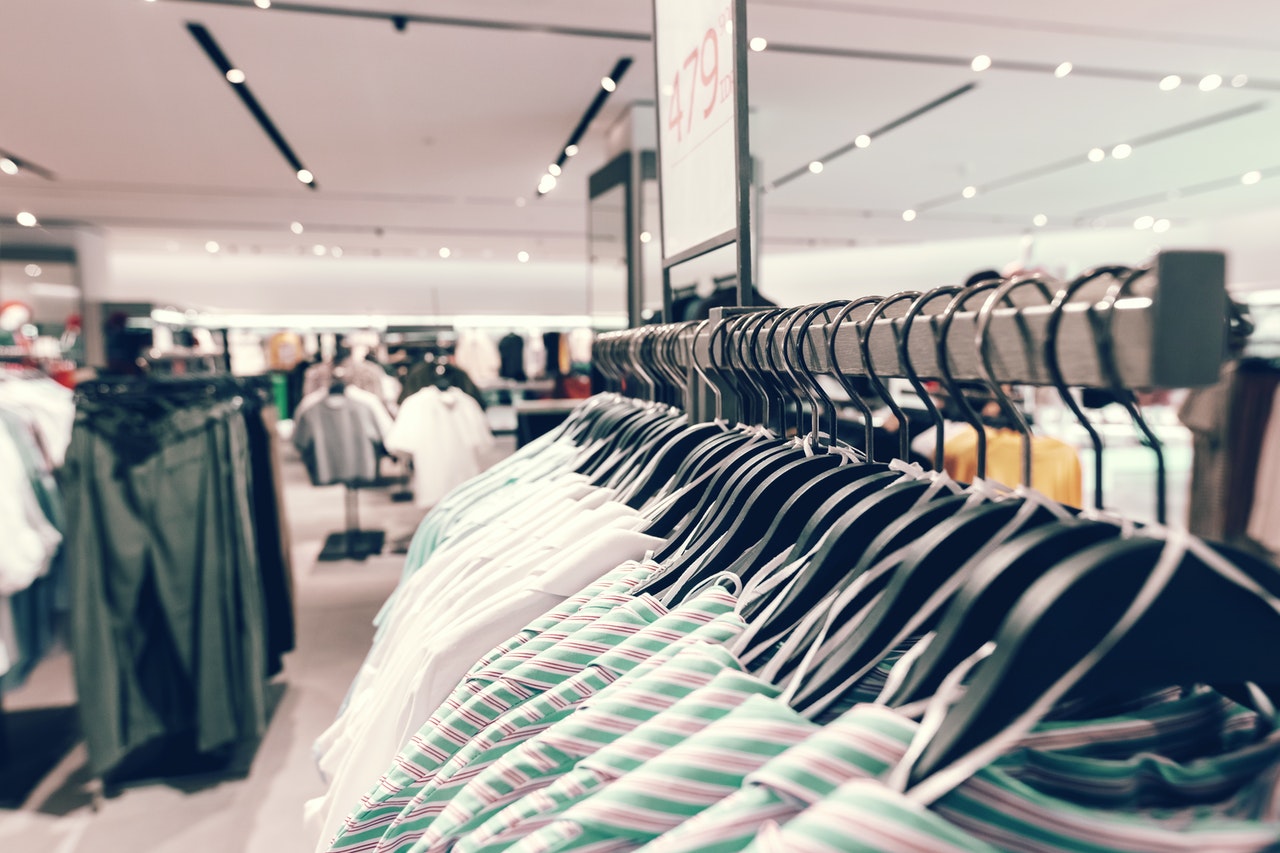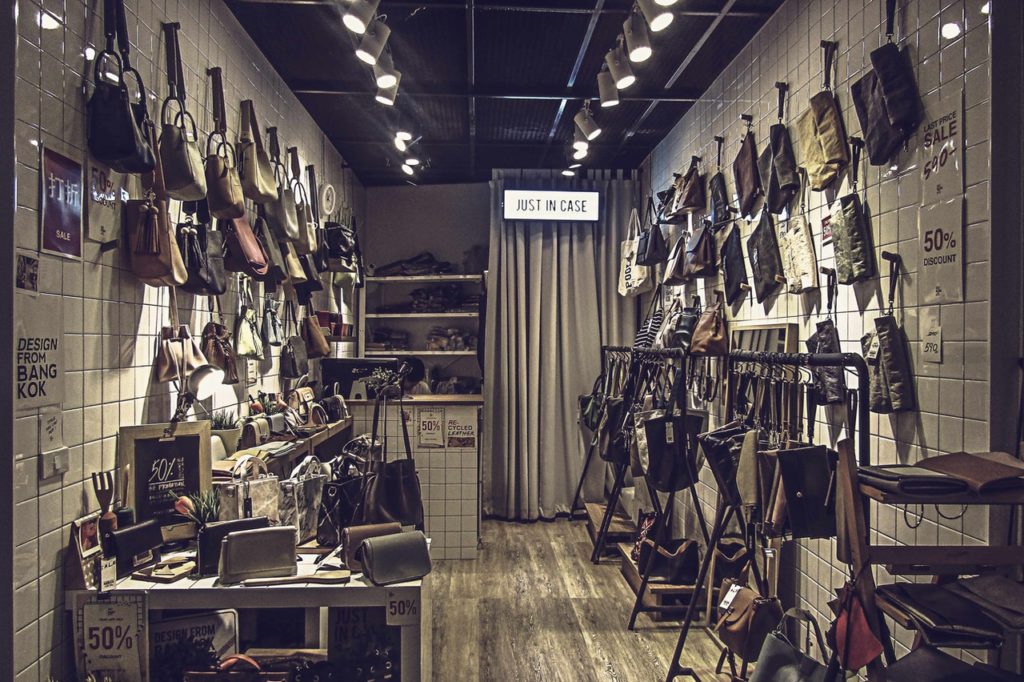The pandemic forced the closure of over 15,000 stores across the country, including several big-name companies such as JC Penny ad Chuck N Cheese. Despite this, a good number have remained open, albeit focusing on online sales to reach their market.
But the end of the pandemic is in sight with the upcoming delivery of vaccines by the middle of the year. Even before the good news came out, some shops have started to open. For retailers who are still planning to open their physical stores, they have several things to consider.
Create a Plan
Similar to everything people do in business, retailers should create a plan for reopening their stores. The plan should include updating store procedures and policies, scheduling employees’ return, cleaning and disinfecting the store, and installing floor marking and protective shields.
It might even be necessary to renovate some parts of the store to ensure the employees and customers remain safe. If it’s necessary to make some renovations in the store, prepare personal protective equipment, including masks, goggles, and helmets for construction workers.
Establish a Screening Protocol
Before the employees can return to work, the store has to establish a screening protocol for them. The protocol should include temperature screening and checking the overall health of the employees. Employees exhibiting symptoms of the virus should be sent home immediately.
Even though the store has a screening protocol, it should continue to require its employees to wear a mask while at work. The store should emphasize that the mask is for protecting both the wearer and the people in the same room as the wearer.
Offer Delivery and Pick-Up Services
The store might have offered delivery and pick-up services before it started accepting customers into its brick-and-mortar location. It should continue offering the same services since some people might still be wary of entering a store in the middle of the pandemic. This allows the store to continue earning revenue for these services.
Additionally, online ordering services should also continue since these services allow the customers and employees to practice social distancing protocols. The customer should have the option of having the items delivered to their homes.
While these services contradict the retail industry’s traditional store models, they are designed to create a safer retail experience for the customers. Moreover, they are additional income streams of the store, which allows it to increase its daily and monthly sales.
Follow CDC Guidelines
The store should also follow the guidelines set by the Centers for Disease Control and Prevention (CDC). These guidelines are meant to prevent the spread of the virus while protecting both the employees and customers.
Aside from implementing screening protocols and wearing masks, stores should also enforce social distancing rules inside the store. They should also control the number of people inside the store at the same time. This number depends on the size of the store and the number of employees of the store. If the store sells perfumes, it can remove testers in the store. The store can also close the fitting rooms in the store.
The store can also adjust its operating hours if they’re expecting a lot of customers to visit the store. Adjusting the schedule allows the store to control the number of people who can enter the store simultaneously. The adjustment also ensures the proper implementation of social distance rules.
The store should also conduct regular cleaning and disinfecting measures in the store. For instance, it can close the store on Mondays to allow a commercial cleaning company to clean and disinfect all surfaces of the store. The surfaces include door handles, door handles, cash registers, countertops, light switches, PIN pads, and store fixtures.
Additionally, the store should have sanitizing and cleaning stations placed strategically in the store. These locations include high-traffic areas, countertops, and the entrance of the store. All employees and customers can use these sanitizing and cleaning stations.

Regularly Train Employees
Retailers should also train their employees about the proper health protocols before they’re allowed to work. The training should include guidelines on social distancing, monitoring their health, the process of reporting symptoms of the virus, properly wearing their PPE, and using the sanitation and cleaning stations in the store.
Since some employees experience pandemic fatigue, retailers can train their employees regularly. The retraining can focus on any changes in the guidelines and reiterate the importance of following health protocols to protect the employees, customers, and families.
The pandemic might have significantly affected the retail industry. But stores are starting to reopen to their customers and are gradually recovering from the global health crisis’s effects.

